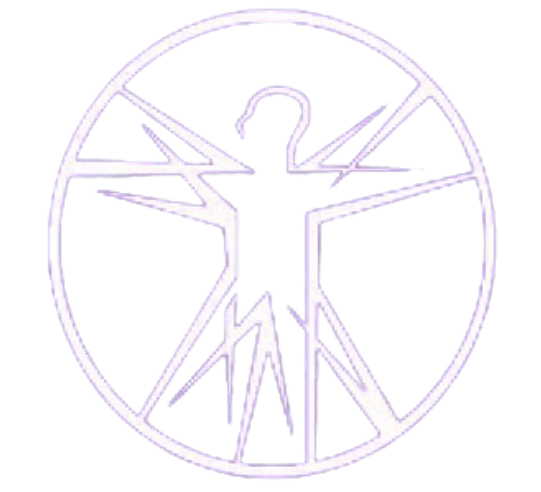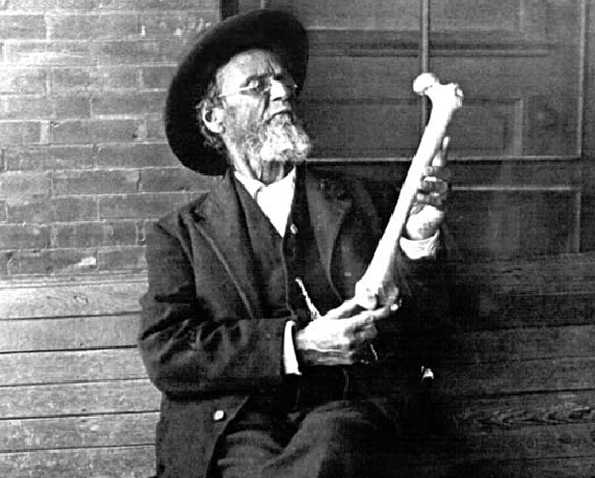So what exactly is Osteopathy?
I was inspired to write this blog after I was asked “So what exactly is Osteopathy?” at a networking meeting recently. The nature of networking meetings mean that you have a short time to explain who you are and what you do while making it sound interesting otherwise it ends up being a very short conversation. I tell people “I am an Osteopath and I ‘fix’ people for a living” which usually gets their attention then I tell them what I really do.
Osteopathy is a very difficult subject to summarise in the confines of a blog post, but here goes….
Osteopathy was developed by an American called Andrew Taylor Still in 1874. He worked as a frontier doctor during the American Civil War and became disillusioned with the practice of medicine at that time as it seemed to be killing as many people as it cured!! After witnessing the death of his children from meningitis, and being unable to help them, he looked for an alternative, more effective approach to healthcare.
Osteopathy came from Still’s understanding of the musculoskeletal system, the importance of the blood supply, natural immunity and the body’s ability to heal itself. By taking these different factors into account he developed an effective treatment approach involving joint manipulation (‘cracking’), joint mobilisation (movement), massage (soft tissue techniques) and cranial techniques (influencing the skull and nervous system). Other osteopathic tools include muscle energy techniques, balanced ligamentous tension, visceral osteopathy, myofascial techniques and trigger points (all covered in more detail here).
The General Osteopathic Council (UK regulator of osteopathy) describes Osteopathy as:
“a system of diagnosis and treatment for a wide range of medical conditions. It works with the structure and function of the body, and is based on the principle that the well-being of an individual depends on the skeleton, muscles, ligaments and connective tissues functioning smoothly together.”


This basically means that it is not just for ‘bad backs’, but can be used to treat a wide range of problems including headaches, neck, shoulder and back pain, hip pain, osteoarthritis, sports injuries, hypermobility syndrome, motor neurone disease etc. etc. I could go on, but you can hopefully see that Osteopathy is a very versatile treatment approach.
The ability to treat such a diverse range of problems is because Osteopathy treats the person and not the symptoms. If you see an osteopath because of a knee injury they will also consider the knee, ankle, hip and low back, then take into account old injuries, your fitness levels, age and many other factors before proposing a treatment plan. Because everyone is different, taking this approach ensures the treatment is always aimed towards getting the best outcome for you as an individual.
While Osteopathy is a very versatile treatment approach it cannot resolve every problem and a referral to a GP or other health professional will always take place if that is the route to the most effective form of treatment.
As I am sure that you can tell, this is not an exhaustive description of Osteopathy and its history, but I hope that you now have a better understanding of what it is and how much an osteopath could do to help you.
If you’re still thinking “So what exactly is Osteopathy?” please feel free to contact me as I am always happy to help. You can also find out more about what I do on my website.
AT Still’s autobiography is a great insight into the man, the world that he lived in and why he developed osteopathy:
If you still want to know more about Osteopathy I would suggest you look at Osteopathy – Models for Diagnosis, Treatment & Practice by Parsons and Marcer ( ISBN-13: 978-0443073953) which is an excellent, easy to understand reference book for all things osteopathic.
http://osteodoc.com/index.htm is a good on-line reference if you don’t like those book things 😉 and it also has links to many more on-line resources

